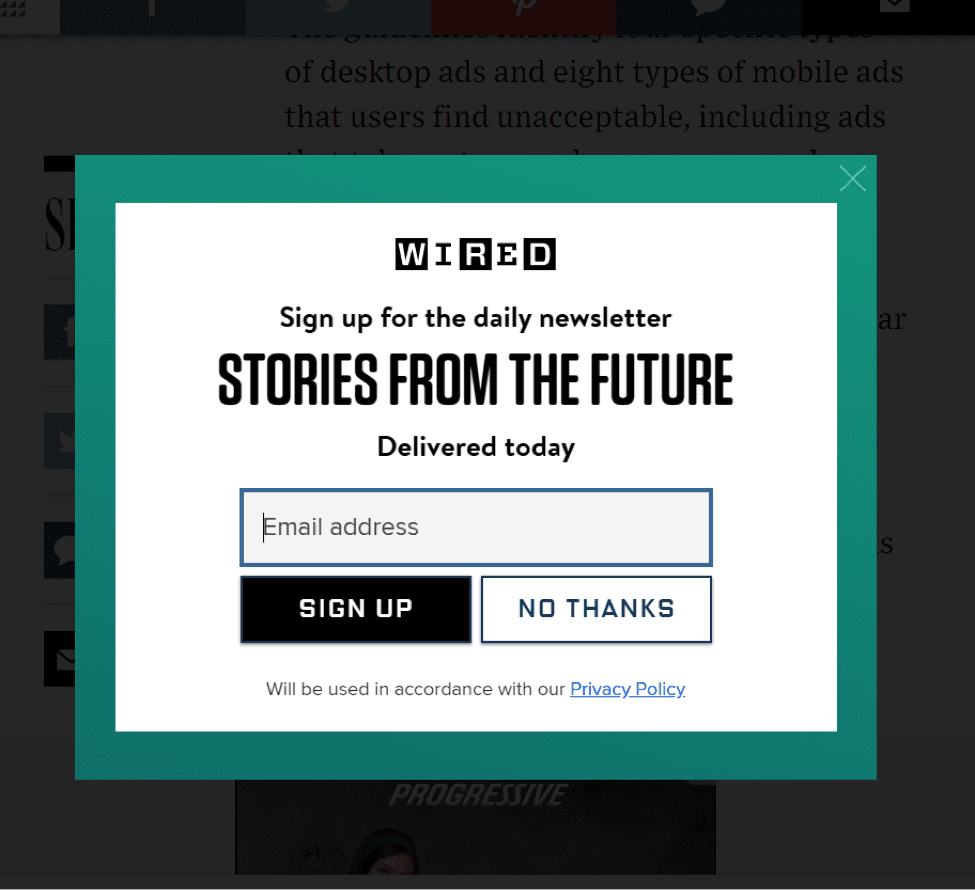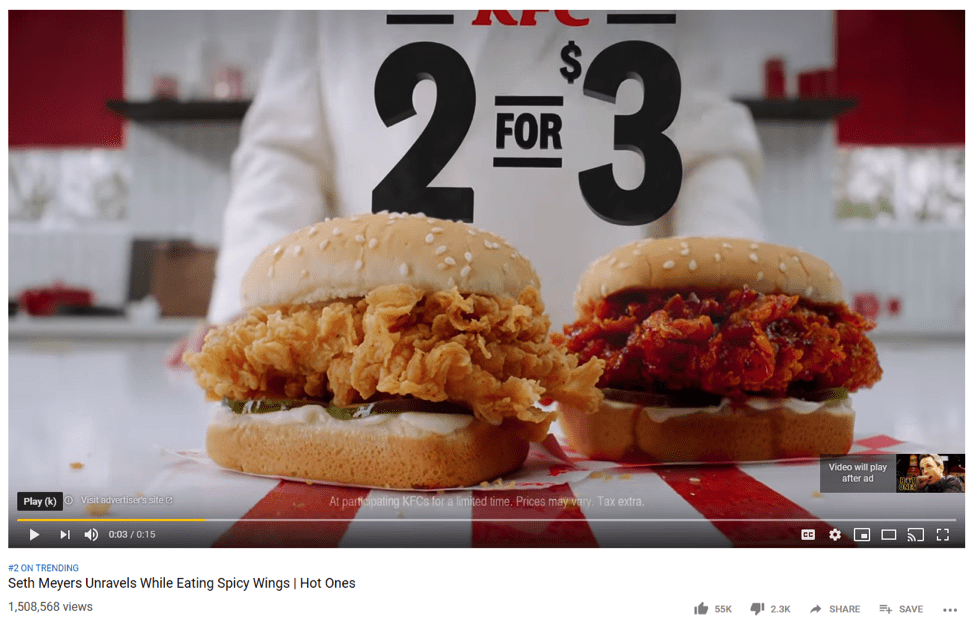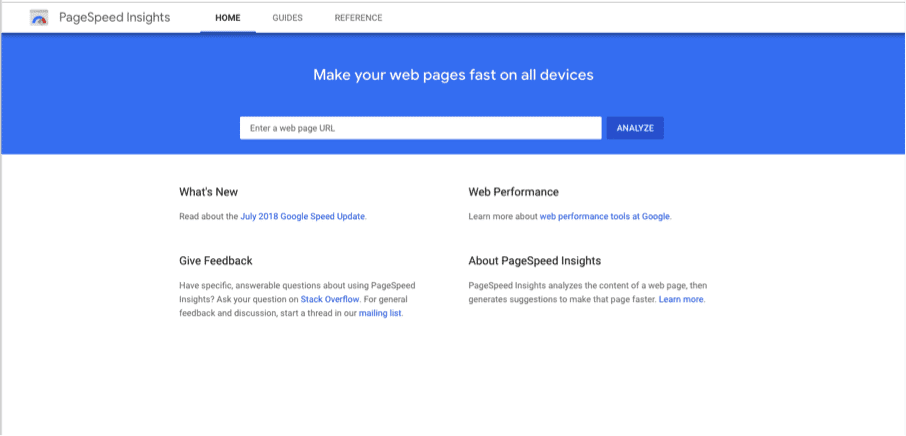By Kelsey McKeon
A recent survey from Visual Objects found that Generation Z (Gen Z) has different UX preferences than other generations.
Unlike their predecessors, Gen Z is the first to grow up in a fully developed digital world. They effortlessly swipe and tap their way through a life in which online and offline experiences blend seamlessly.
Gen Z is expected to make up 40% of all online consumers by the year 2020, this group’s online expectations are incredibly important for businesses to understand. It takes Gen Zers seconds to review, assess, and determine the value of a website, leaving no room for error on the part of brands hoping to hold their attention.
Specifically, Gen Z users look for three main UX features when evaluating a website:
- Immersive and intuitive navigation and browsing
- Easily accessible content
- High level of functionality
Use this article to determine how to meet these expectations are met with your website.
1. Immersive and Intuitive User Experience
Generation Z prefers content that’s personalized at every level. According to a survey by WP Engine, half of all Gen Z “wouldn’t return to a [website] that didn’t personalize ads to their preferences.”
YouTube’s recommendation algorithms, for example, offer viewers suggestions for what to play next, based on what videos users have already watched.

Source: YouTube.com
This type of predictive website UX is highly engaging for Gen Z consumers. Businesses hoping to market to this age group should seek to incorporate personalization elements on their websites.
Ad preferences on YouTube are personalized, and this is a crucial feature for brands hoping to reach Gen Z through advertising.
Unlike older generations that instinctively turn to Google for answers, Gen Z feels more at home on YouTube. This is because YouTube’s UX makes it easy for users to tap and swipe their way around content, and Gen Z prefers motion-based navigation.
In the future, Gen Z and all generations following are likely to demand motion-based experiences, which are more intuitive than the keyboard and mouse-based movements of the generations before them.
YouTube also incorporates social features into its content. Users can like, comment, and share videos, as well as create their own. YouTube stars cultivate trust and relationships with Gen Z fans differently than traditional celebrities by posting and replying frequently to their followers.
To create a website that Generation Z prefers, create UX designs with a high level of personalization, intuitive navigation, and immersive experience.
2. Few Barriers to Content
Gen Z is the only generation to list pop-up forms as their top frustration with websites, although all ages are annoyed with them. Raised in an online world where immediacy is the norm, Gen Z isn’t willing to tolerate anything that willfully delays access to content.
In the example below, you can observe how one popup ad blocks the on-page content and forces readers to enter an email address in exchange for access to the content.

Source: Wired Magazine
Gen Z website users view promotions and watch advertising under the right circumstances. YouTube, for example, plays ads before specific videos viewers choose rather than running autoplay ads as viewers explore the content.
Any advertising that plays before the video typically lasts only a few seconds. Popular late-night comedian Seth Meyers, for example, offers videos that require a 15-second commercial before the content begins.

To cater to Gen Z website users, your business should:
- Avoid gated content, intrusive pop-ups, and paywalls that delay access to content.
- Keep the viewing screen clutter-free. Use caution with banner ads and autoplay videos
- Offer immediate access to content and serve ads and promotions only after the user is invested.
For Generation Z, there is no greater website frustration than pop-up forms that get in the way of enjoying their content. Businesses dependent on pop-ups for lead generation should consult with web designers to find alternative solutions to maintain a positive website UX while advancing business goals.
3. High Level of Functionality
Poor functioning websites also are a top frustration for Generation Z. The Visual Objects survey found that slow load times are one of the most annoying aspects of a website, for all ages.
Businesses should prioritize website load times to retain customers and avoid SEO penalties.
Almost half of website visitors (47%) expects websites to load in less than 2 seconds, according to the Nielsen Norman Group, and businesses have 10 seconds to communicate their value proposition to website users before they leave the website for good.
A slow-loading web page drives people to navigate elsewhere for the content they are searching for. These “bounces,” in turn, send a message to Google’s “crawlers” that the website in question is unreliable or lacks value.
Fast page load speed is important for website users across generations, but Generation Z is uniquely prone to frustration over a slow-loading website. Gen Z’s oldest members, born after 1996, are likely too young to remember the days when slow load times were the norm when browsing online.
As technology has advanced, it is imperative that businesses prioritize functionality on their websites. To ensure a high level of functionality for your website, use Google Webmaster Tools to check your load speeds, mobile optimization, and overall site health.

Source: PageSpeed Insights
Google’s PageSpeed Insights, for example, allows visitors to enter a page URL and receive insights on the page’s content, as well as suggestions for improving speed on mobile and desktop devices.
Generation Z is open-minded when it comes to new types of site designs and interface. They’re willing to learn their way around new designs as long as the website functions well.
Web Design Agencies Help Businesses Attract Their Target Audience
With Generation Z poised to take over 40% of consumer roles in under two years, it’s crucial for brands to deliver site experiences that engage and hold their interest.
To attract and engage this generation, offer an immersive experience that caters to Generation Z with motion-based navigation, personalization, and peer connections.
Web design professionals help businesses incorporate an intuitive, easy-to-use, attractive website with their business goals. Research web design agencies to help map your site’s customer journey and identify how your business website can meet the needs of your target audiences, especially the tech-savvy Generation Z.
To avoid losing their attention, avoid intrusive pop-ups or other barriers to content, and check your site health often to maintain a high-functioning website.

